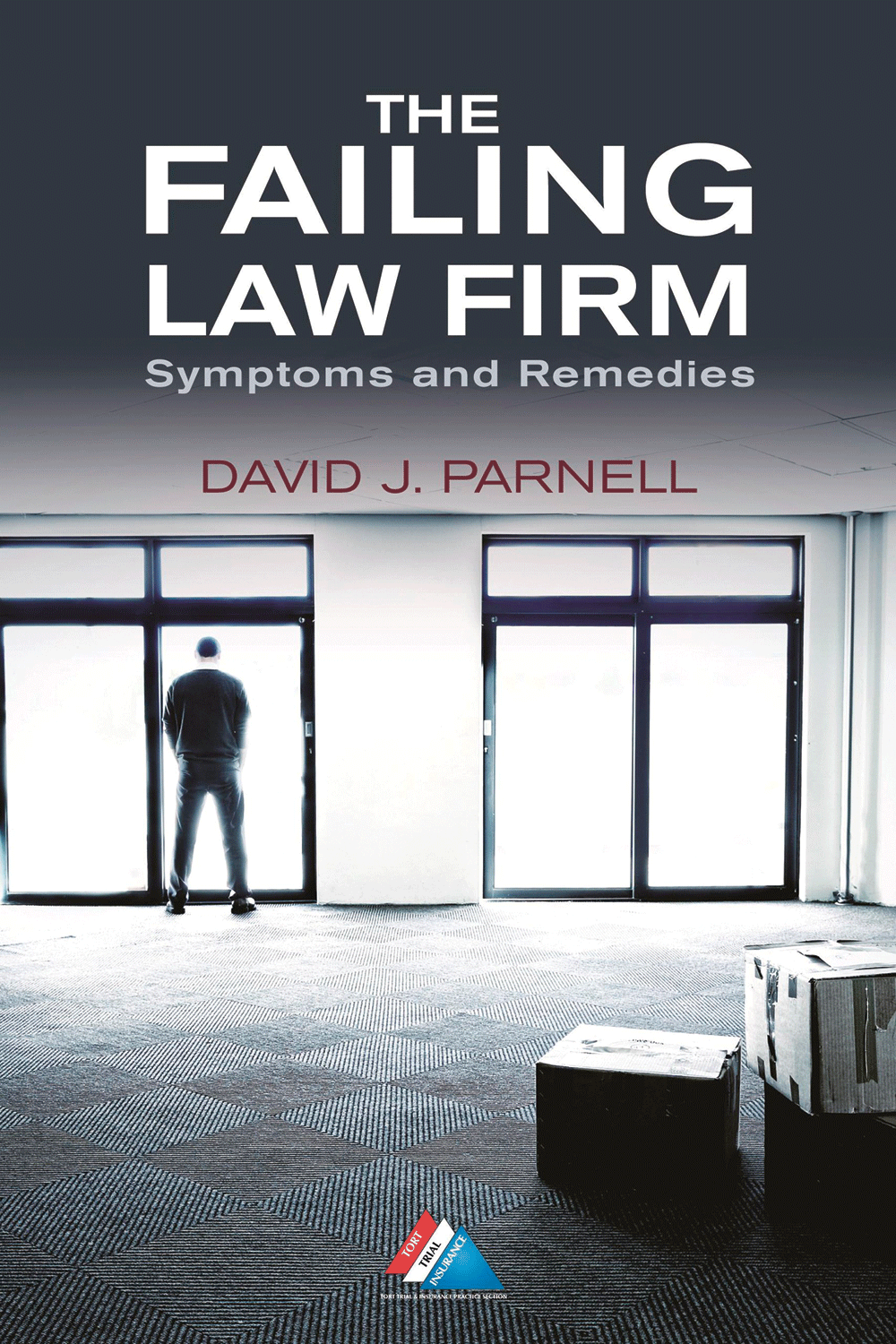In the third of his series on strategic planning for a new firm, Steven Petty looks at the challenges of implementing a plan in practice.
In my last article, I set out the process by which we drew up the strategic plan for our new firm, and in this article, I will be looking back at how that plan worked out in practice. In drawing up our plan we had identified as our main strength the exclusive use of senior lawyers to provide advice; we felt that this would set us apart from so many others in an industry increasingly turning to unqualified staff. To unlock that strength, however, we faced the challenge of attracting experienced lawyers to a start-up law firm. Our solution was to offer a very attractive fee split with those lawyers. For clients brought to the firm by the lawyer, the firm would keep just 25 per cent of the fees, and for clients introduced to the lawyer by us, the split would be 50/50.
For clients brought to the firm by the lawyer, the firm would keep just 25 per cent of the fees.
People respond to incentives. I remember that from my days studying economics at school. What they didn’t tell me at school, though, is that people in real life rarely respond in the way predicted by the economics textbooks.
Our lawyers’ response to the incentives we had given them was to quote lower fees for work they were winning themselves than for the work we were giving them. To us, this was perverse, but to the lawyers it made perfect sense. They were financially better off taking 75 per cent of an £800 fee than 50 per cent of an £1,000 fee.
This compromised our whole model of high quality, partner-level advice, and risked the brand of the firm being watered down. There was also the fundamental inconsistency of different clients being charged different rates depending on who was winning the work.
On the occasions when the lawyers were working for 50 per cent of the fee, there was also the added incentive to spend less time on the job. From the point of view of the business, we should be spending more time on a £1,000 job than an £800 job, but to the lawyer, the job that earned them £600 deserved more time than the one that was only earning them £500.
A model where all lawyers were self-employed also had other repercussions which we didn’t anticipate (but perhaps should have). Self-employed lawyers saw themselves as self-sufficient, rather than members of a team. This was most starkly illustrated in relation to holidays. There were no holiday rules, as one of the features of being self-employed is the power to decide both your hours of work and how much holiday you want to take. But it is essential in any law firm that cover is available to continue to service clients during their main contact’s holiday periods. In an environment where we couldn’t control when holidays were taken, we immediately discovered that lawyers were taking time off when we had booked holidays ourselves, putting an enormous strain on those left in the office.
Marketing was another area where our plans were defeated by the model we had constructed. Marketing the firm as a single entity made perfect sense from the point of view of the business, as we were trying to build a brand which would be recognised in the wider business community. To the lawyers, promoting the firm was self-defeating, as work won by the firm only paid them 50 per cent of the fee. There was therefore a strong incentive for the lawyers to continue to market themselves as individuals, to ensure that work was given to them personally, and they earned their 75 per cent.
There was therefore a strong incentive for the lawyers to continue to market themselves as individuals.
After 12 months, we learned an important lesson of strategic planning: your plan must always be flexible enough to adapt if things aren’t working.
We reviewed our strategic plan at the start of our second year of trading. Despite what appeared to be a fundamental failure of our plan, our first year of trading had been incredibly successful financially, and so we sought to focus on the things that had made that first year a success.
We still felt that our strengths were the quality of both the advice and service we gave to our clients, and the close working relationships we had with them, but we realised that we had been wrong to conclude that the only way to maintain those service levels was to make exclusive use of self-employed senior lawyers. We had also mistakenly assumed that the ‘virtual law firm’ model, which makes use of self-employed lawyers, would work equally well in a more traditional office-based practice.
The solution we decided upon was to take in and train young lawyers, and instil in them our ethos: to ensure consistently high levels of service. We knew that this approach had a clear weakness: in the short-term, it would add extra demands on our time (which was already in short supply due to our high work levels). However, we felt it was an investment that would stand us in good stead in the medium term. This reinforced another key feature of strategic planning: the plan should always look forward to the medium term, and not simply the next six or 12 months.
We now have one trainee solicitor and another starting next year. I hope to be able to report at the end of our second year that this time, the strategy worked.




















